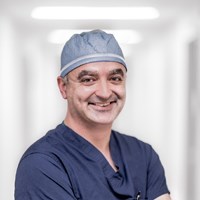Tesing Purpose Page
Type the title here
 The Harry J. Buncke Lectureship has been created with the support of the California Pacific Medical Center to honor Dr. Buncke's remarkable contributions to the field of microsurgery. Dr. Harry Buncke played a major role in the development of our specialty and helped develop several microsurgical laboratories across the globe. He influenced countless residents and fellows as well as numerous department chairs throughout the world. It is with great appreciation that the ASRM is able to honor Dr. Harry J. Buncke with this lectureship.
The Harry J. Buncke Lectureship has been created with the support of the California Pacific Medical Center to honor Dr. Buncke's remarkable contributions to the field of microsurgery. Dr. Harry Buncke played a major role in the development of our specialty and helped develop several microsurgical laboratories across the globe. He influenced countless residents and fellows as well as numerous department chairs throughout the world. It is with great appreciation that the ASRM is able to honor Dr. Harry J. Buncke with this lectureship.
Each year a candidate is selected to give the Harry J. Buncke Lecture during the ASRM Annual Meeting. The main criteria for the selection are the candidate's contributions in the field of reconstructive microsurgery. Nominations for candidates are accepted from ASRM members ONLY. All nominations must be received by May 15. Email form to: asrmadmin@isms.org